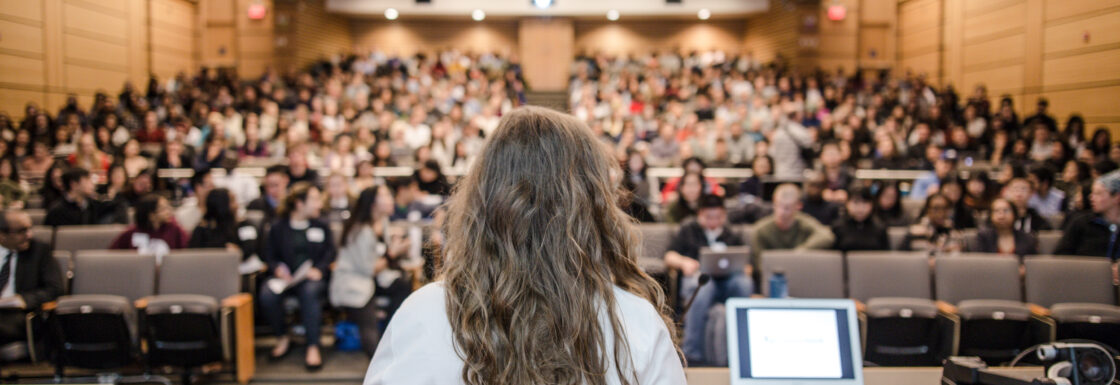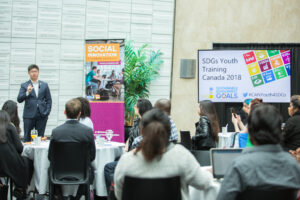Opportunity Report: 22 Ideas for a Sustainable Future: Foundation for Environmental Stewardship

Projects Sponsor
Listening to Canada’s young environment leaders of the future, Foundation for Environmental Stewardship put together the “Opportunity Report: 22 Ideas for a Sustainable Future.” These carefully selected workable, impactful, financially feasible projects aren’t just of value themselves, the process by which they were arrived at mentored the young people who are going to do the next shift of the shift we need to get done.

You could say the inspiration for the Opportunity Report: 22 Ideas for a Sustainable Future was the young people of Canada. When the Foundation for Environmental Stewardship travelled to schools across the country, a common theme emerged; Many Canadian youth––especially those in rural and remote communities––felt that they were not heard or represented in the plans for the country’s future, in particular as regards to environmental policy and solutions.
The idea was to change that, not just by handing young Canadians a mic and stepping back, but by engaging in meaningful conversations about their hopes, concerns and ideas for the future. The goal was to build on the wealth of potential solutions that were offered up and compile them in the form of the Opportunity Report––a practical and inspirational blueprint for positive transformation.
Between 2017 and 2019 the team travelled across Canada listening to over a hundred thousand students in more than four hundred towns. From these conversations a multitude of insight and ideas that could help Canada build a more inclusive, fair, prosperous and sustainable future emerged
At its heart, the Opportunity Report was largely a research project, and as such, research defined each of its development stages. The first stage centred on identifying the specific objectives the Foundation for Environmental Stewardship team wanted to include in the report.
Many ideas were abandoned for a variety of reasons. Some were already in operation, some had too small of an impact, and some were not economically viable. There are projects that promise an impact and importance that justifies their costs. Other solutions are simply inexpensive, impactful and easily executed. The final projects selected to be included in the Report needed to be financially feasible, workable and have the potential to generate large societal impact.
The first stage of the research process focused on engaging in conversations with a plethora of stakeholders and experts. The Report team met virtually with close to one hundred professors, MPs, researchers, experts, organizations, and individuals that were involved with projects similar to the ones they were developing.
Through these meetings, ideas were reshaped and reworked. The team learned how projects might be funded, how they could be implemented, and how their impact could be measured both quantitatively and qualitatively.
While meeting with experts, the team also reviewed mountains of literature to research into precedents of their ideas, similar projects that have been implemented historically either in Canada or another country.

Through this research, they were able to determine what was successful and what was not, fix their project ideas accordingly and reach their first major milestone––arriving at the 22 ideas that they committed to including in the final report.
From there the team continued to delve into research regarding the mechanics of each idea in order to discover what organizations or individuals could implement the ideas and how. The costing, beneficiary size and potential leaders were identified for each idea. With the finalization of the design and format, the Opportunity Report was completed.
By fostering 22 innovative, practical solutions to pressing problems facing Canada, the Opportunity Report is an unprecedented project but beyond the realization of these individual projects, The Foundation for Environmental Stewardship set something larger in motion.
The project’s ultimate success may well be even greater, far more than the sum of its twenty-two parts. By listening to the potential leaders behind each of the twenty-two ideas by inspiring them and mentoring them, the Opportunity Report lays the groundwork for yet more innovative, environment protecting work to come.
These, after all, are the people who are going to work the next shift on the shift that we absolutely need to get done.













